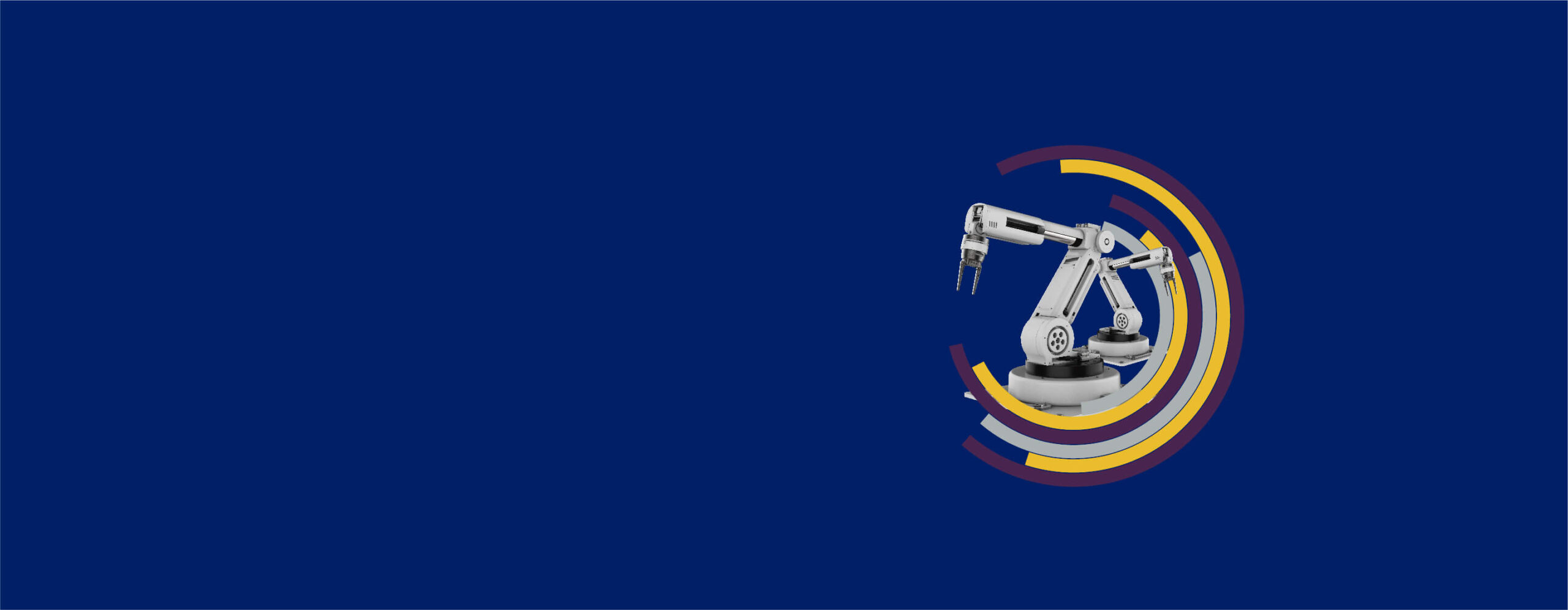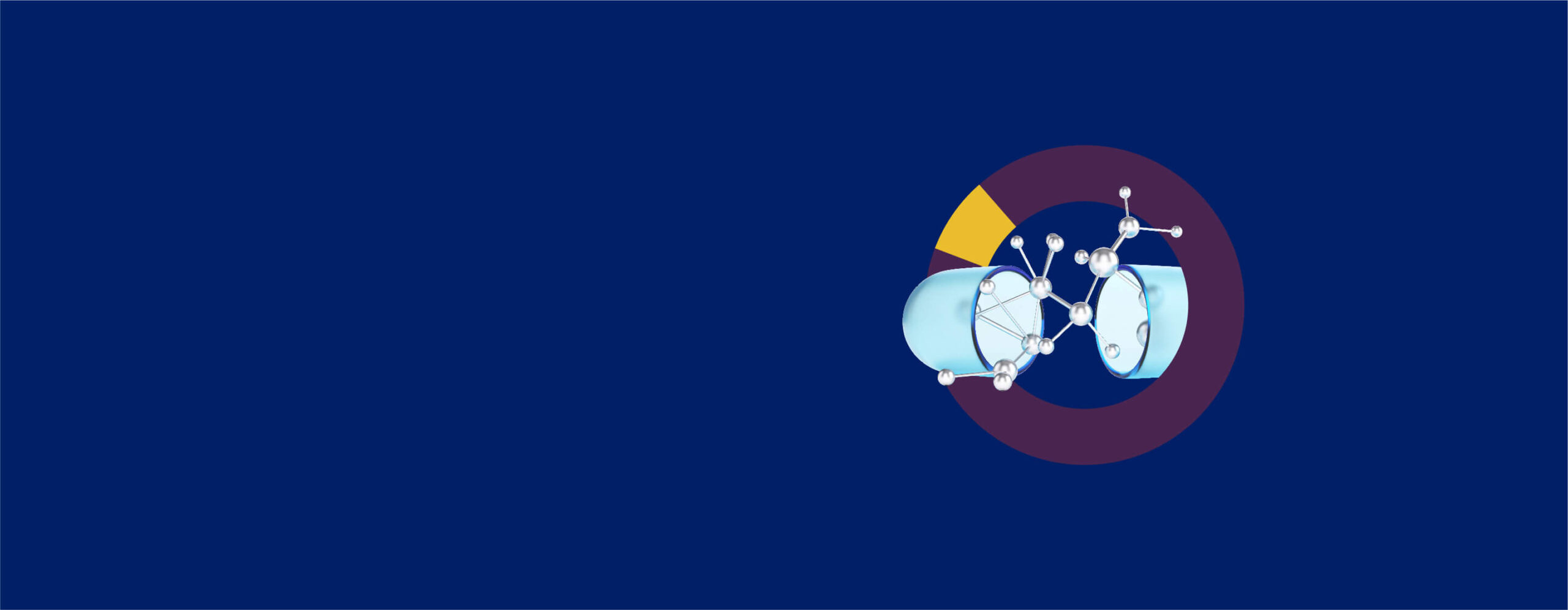
Fostering a Lean culture
Lean management has a rich history in supply-chain operations. It has also seen renewed interest in other areas of business, including product development, sales, finance and human resources. However, not many companies are seeing the results they had hoped for.
One of the reasons is that Lean is often applied as an add-on; just one more initiative among hundreds of others. In order for Lean to really make a difference, the thinking behind it has to be embraced by management and employees throughout an organization.
An excellent example of a company that has successfully embedded a Lean culture at all levels of its organization is Hilti Corporation. Stefan Noeken, member of the Executive Board at Hilti, explains how important Lean Management is both as a toolbox and a business philosophy:
“The implementation of Lean@Hilti allows us to find ways to serve our customers better and more efficiently, ensure sustainable value creation in everything we do and create an attractive working environment for our employees. Essentially Lean means eliminating waste and continually improving our performance.
“The potential for improvement that Lean contains is tremendous”
The company’s approach has proven highly successful as a way to increase sales, lower costs, improve productivity, maintain high levels of quality and increase employee engagement. Indeed, Lean@Hilti was not introduced as a cost reduction program, but rather as a new way of thinking and acting for the entire organization, requiring a deep cultural shift. Kostas Kefalakis, Head of Global Lean Management at Hilti elaborates:
“Lean initiatives work best to enable growth. If you do it purely as cost-cutting exercise, you will not develop a lasting lean mindset in people.”
Hilti is a leading company in the construction industry, and a world market leader in fastening and demolition technology for construction professionals. Continuous improvement (Kaizen) at Hilti has been a key part of the company’s culture and its growth story. Back in the 1980s and 90s, the owner Martin Hilti went to Japan and learned about Lean techniques like quality circles.
The Lean program itself was formalized in 2009 and started in manufacturing, where the processes could be observed and the waste was obvious. A year later, the Global Lean Team was created, enabling the company to go beyond manufacturing and to roll out Lean into other parts of the supply chain like logistics, repair centres and product development.
Hilti maintains a strong focus on Research & Development, with more than 6% of sales invested in R&D with 1,500 dedicated employees in several R&D centres around the world.
In order to further optimize the value chain, the Global Lean Team started collaborating with suppliers to help them implement Lean manufacturing in their own processes.
“Lean is now being rolled out to further functions at Hilti like Finance, HR and Sales”
Going wide with Lean
Very early on, Lean was anchored into the strategy under the topic of operational excellence and the direct support of Hilti’s CEO, Christoph Loos:
“Operational excellence is Hilti’s backbone and therefore one of the strategic imperatives of Champion 2020. We need a total quality and efficiency mindset in everything we do and to foster a culture of continuous improvement. Lean@Hilti introduces a philosophy, principles and specific tools that help us achieve this objective and enables sustainable value creation for Hilti.”
Over the years, Hilti invested significant resources into Lean. To achieve the company’s goal of reaching sustainable operational excellence, the Global Lean Team benchmarked against organizations considered to be state-of-the-art in enterprise excellence. Kostas Kefalakis says: “Change is about engaging leaders and designing a system that drives the right behaviours.”
The Global Lean Team tries to work closely with leaders across the organization as well as in Human Resources to ensure that Lean thinking is embedded as an integral part of the Learning & Development strategy. The following three initiatives illustrate this important part of the process:
- In order to improve communication as well as the sharing of learnings and best-practices, a Yammer Group was created – an internal sharing platform with 1,200 members. The platform allows easy sharing of information such as training and audiovisual material.
- Lean Assessments: to ensure the different areas within the organization are aligned and moving toward the same desired goal, the Global Lean Team developed an assessment to measure improvement effectively.
- Lean Awards is a yearly event aimed at sharing, promoting and recognizing successful stories across the organization. Finalists from all over the world are invited to travel to headquarters in Liechtenstein to attend the Lean Awards, a very emotional and sought-after event. This is on top of various local recognition systems.
One of the most useful methods used by Hilti to drive sustainable change remains the Kaizen workshop approach. Kaizen is a tool originally from Japan used to deal with complex problems the concept of seeing business activities in terms of improving all functions and involving all employees from the CEO to the assembly-line workers. Employees from all levels of the company work together proactively to achieve incremental improvements to processes. Kaizen is an action plan, but at the same time it is also a philosophy to build a culture of continuous improvement.
One of the key benefits is that it is a very practical tool, focusing on problem-solving and executing the actions, thus enabling teams to start changing the way they work immediately. Typically, 50-80% of the changes are implemented during the workshop, which allows teams to achieve tremendous results within a short period of time. At Hilti, about 100 employees were trained worldwide to run Kaizen workshops over time and some 100 Kaizen workshop were run across all functions in 2019 alone.
Hilti has experience tremendous benefits of Lean across the entire company such as double-digit million capital cost savings, double-digit million product and operational expense cost savings and a 30% reduction in both development times and end-to-end throughput times. This is in addition to increased team member engagement.
Last year, in a bid to shift the focus of Lean implementation from a technical approach based on methods and tools to a behavioural-based approach to improvement, the Global Lean Team developed the Lean@Hilti Framework with an emphasis on ten Lean principles from the Shingo model. The old model based on tools was transformed into a modern framework that integrates tools with systems and principles, to ensure sustainable value creation.
While the objective is to reinforce continuous improvement, the most challenging part remains driving behavioural change. Here are some of the learnings Hilti has gathered through its transformation journey:
- A holistic approach is required to change people’s mindsets. While we often look at problems in terms of silos, the key is to have a holistic approach and work through the whole organization – looking at value streams.
- Integrate Lean into the vision and communicate it: a key criterion for success is to integrate Lean into the company’s vision, embed it into the organization’s strategy and communicate it broadly.
- Lean, as a change process, must be integrated into the organization. The entire organization must be empowered to change and be supported in the process. Key indicators and systems are necessary to ensure Lean becomes part of everyday life.
- Engage top management: anchoring the change processes within top management is of central importance as most resistance to change will come from the top.
- Comparison with best-in-class: To maintain a continuous improvement flow, keep a constant eye on how you measure up.
Hilti’s success comes in a climate in which the majority of companies working on Lean still talk about tools and only a few companies can be said to focus on driving lean organization-wide and letting it really determine the shape of the company.
Research Information & Knowledge Hub for additional information on IMD publications
In 2024, the management of Aluminium Cyclo Enterprises (ACE), was concerned that the European Union (EU) export rules for ferrous and non-ferrous scrap were becoming more restrictive. Not just the EU, but close to 43 countries had restricted the e...

China's technology sector leads global innovation with AI, semiconductor growth, and strategic diversification. R&D investments fuel success amid regulatory challenges.

Explore how innovation, R&D, and policy reforms are reshaping China’s pharmaceutical sector amid rising healthcare demand and demographic shifts.

Stay ahead in a shifting global economy. Learn how to build resilient supply chains, manage currency risks, and adapt strategies for long-term business success.
The case study introduces an original way of exploring the many questions and concerns around AI adoption in business. Based on a true story, it discusses the dilemma of AI implementation through Joe, the CIO of ParcelFlow. Joe is getting ready to...
This case study explores AstraPay’s journey to become a significant player, despite its latecomer status, in Indonesia’s burgeoning digital payments landscape. Launched in 2018, AstraPay had grown to serve over one million customers, but it faced ...
US President Donald Trump’s full embrace of digital assets has sent shock waves through the cryptocurrency market, driving a price surge while creating both new opportunities and heightened risks for investors and corporations. Last week, Mr Trump...
On 12 March 2025, new and expanded tariffs on aluminium, steel, and downstream “derivative” products come into force. This briefing shows that derivative products alone represented $151 billion of imports in 2024, with 27 foreign economies each ha...
Trade conflict is costly to all parties. Canadian and Mexican trade retaliation can deny tariff-related wins for American workers. Blunt retaliation could go so far as to eliminate all the take-home pay gains in 40 U.S. states and make whatever ga...
The case explores TBC Bank Group’s remarkable journey from a small Georgian bank to a regional leader in digital financial services across Central Asia. Founded in 1992 with just US$500 in initial capital, TBC evolved into Georgia’s largest financ...
Case reference: IMD-2665 ©2025
Research Information & Knowledge Hub for additional information on IMD publications
Research Information & Knowledge Hub for additional information on IMD publications
Research Information & Knowledge Hub for additional information on IMD publications
Research Information & Knowledge Hub for additional information on IMD publications
Research Information & Knowledge Hub for additional information on IMD publications
Case reference: IMD-2650 ©2025
Research Information & Knowledge Hub for additional information on IMD publications
Research Information & Knowledge Hub for additional information on IMD publications
Global Trade Alert, Zeitgeist Series Briefing no. 57, 6 March 2025
Research Information & Knowledge Hub for additional information on IMD publications
3 March 2025, Global Trade Alert Report, cBrief 5: These Are Your People
Research Information & Knowledge Hub for additional information on IMD publications
Research Information & Knowledge Hub for additional information on IMD publications

